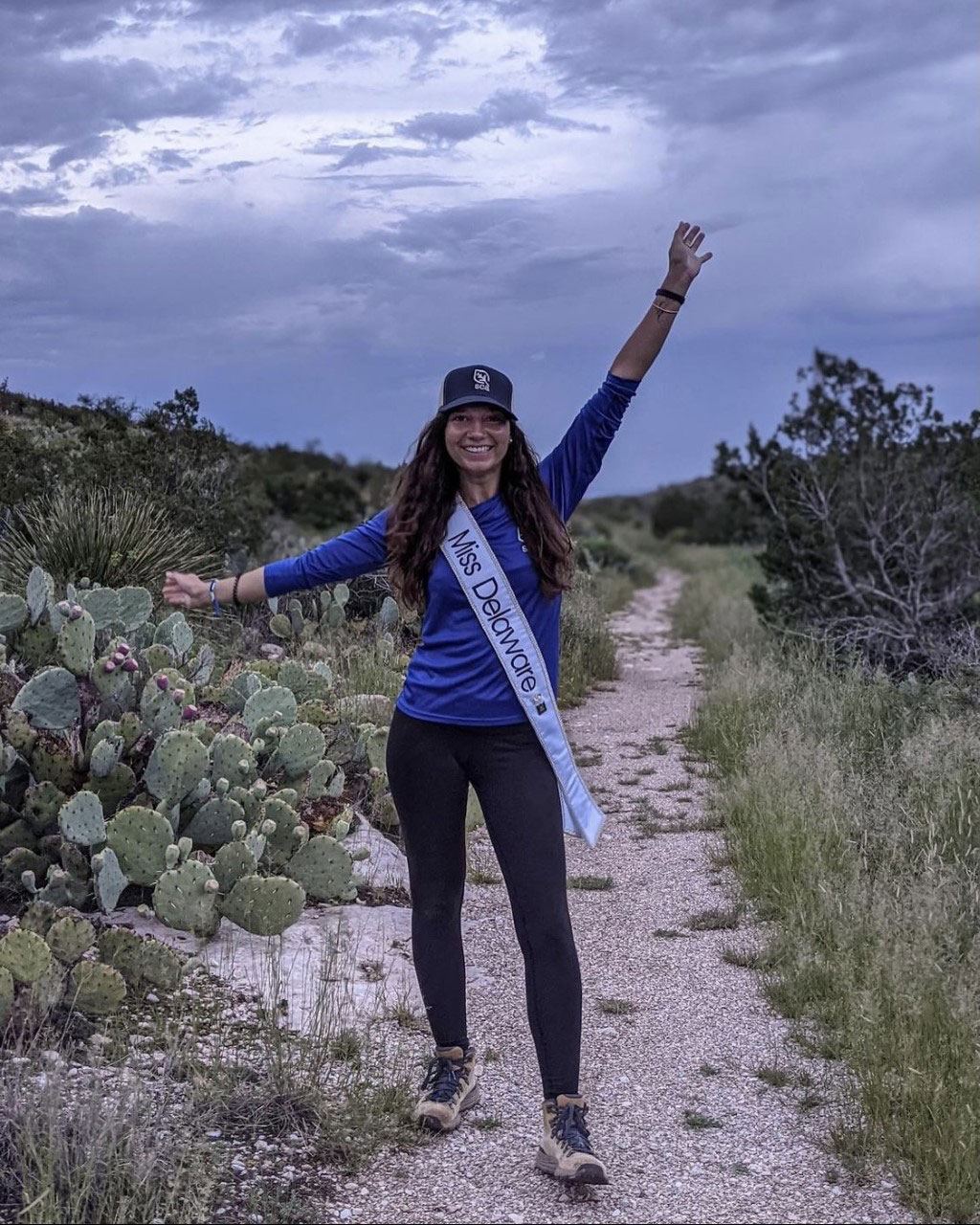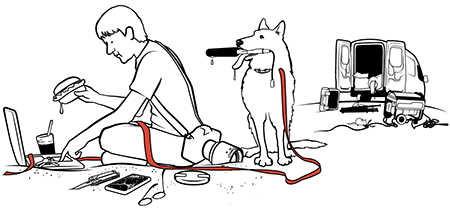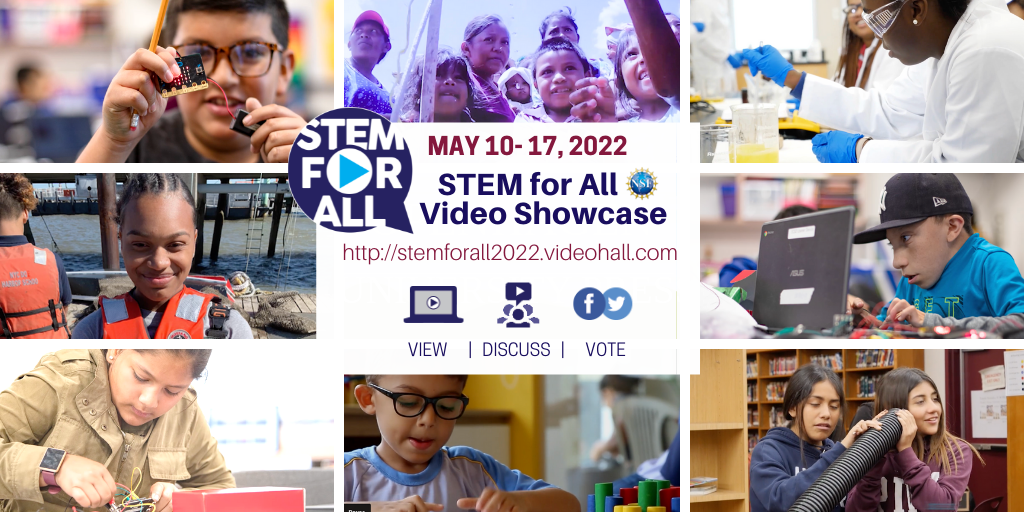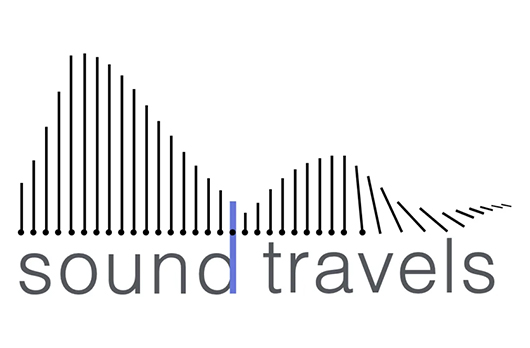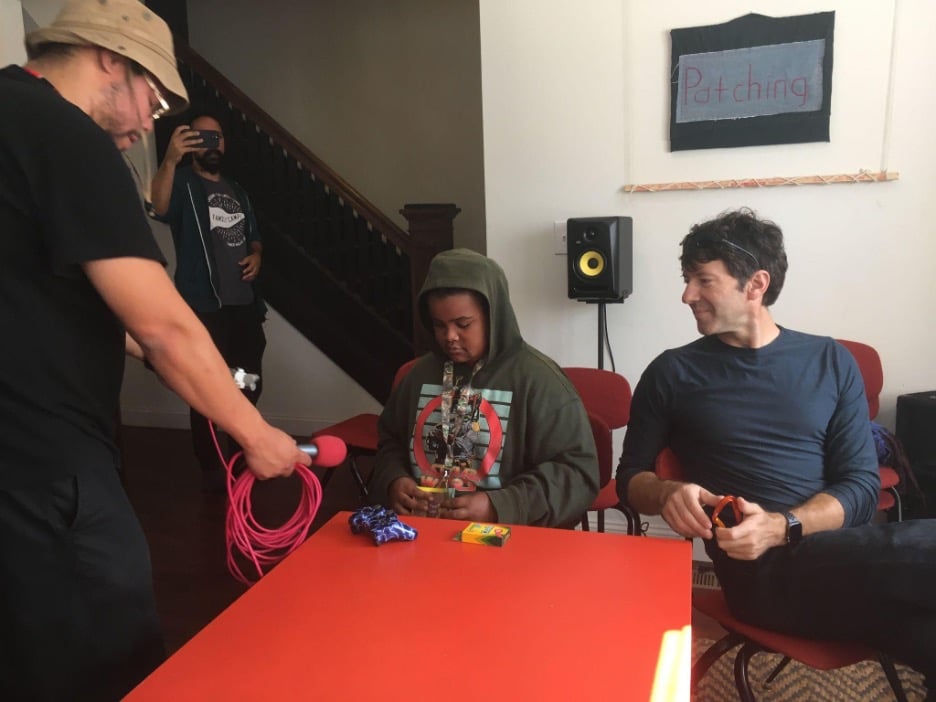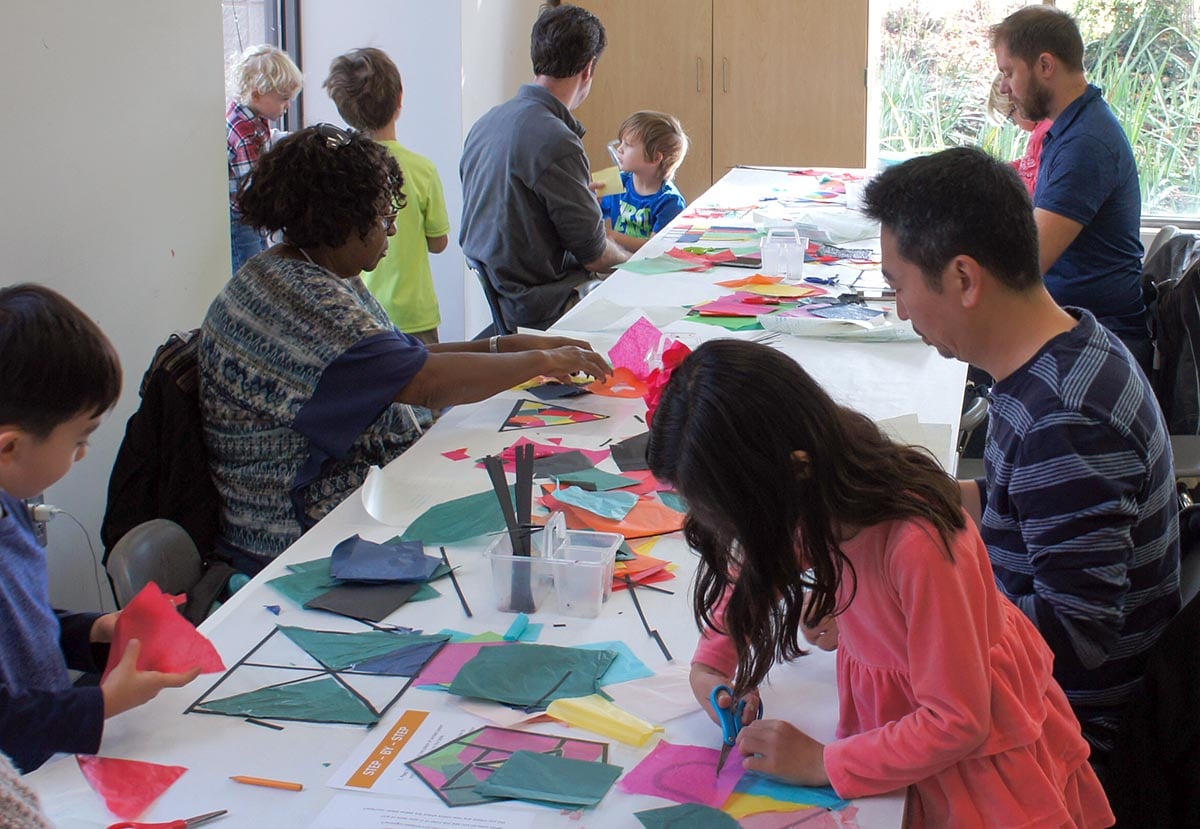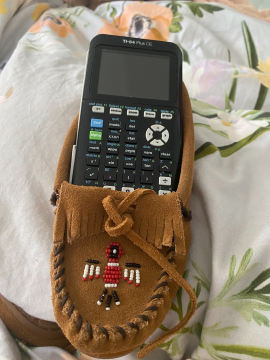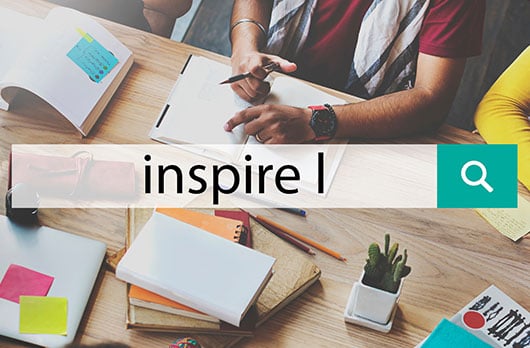TERC Blog
From Miss Delaware to iSWOOP Research Associate Intern
By Martha Merson, PI of TERC’s iSWOOP project
Usually spring brings out our competitive instinct. For five years the iSWOOP team submitted a 3-minute film to the STEM for All Video Showcase and strived to be among the top contenders for an award. iSWOOP (Interpreters for Scientists Working on Our Parks) had an edge from the outset. With national parks as our venue for professional development and intrigued park rangers and visitors as our target audiences, we had inspiring visuals to offer. In 2021, however, we didn’t have an entry. But in late June, we found ourselves cheering for Sophie Phillips, an iSWOOP co-author and research associate intern. Sophie entered the Miss Delaware competition with a statement of purpose of environmental equity, equity in scholarship opportunities for young women, and remarkable determination.
Sophie is a talented researcher whose undergraduate research experiences included examining the impact of scallop fishing equipment on the ocean floor. During her first interview for an internship with iSWOOP, Sophie explained that she was part of a group collecting data from the sea floor with robots, which had returned over 90,000 data points, many of which she analyzed. But her favorite moments involved leading robotics workshops for families during the lab’s annual open house.
Here is my conversation with Sophie about her time with iSWOOP.
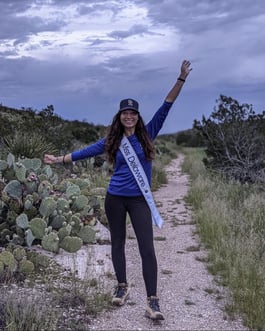 Sophie, you left a banquet hall with a crowd in evening wear and went to the Chihuahuan desert in July. What were your impressions?
Sophie, you left a banquet hall with a crowd in evening wear and went to the Chihuahuan desert in July. What were your impressions?
When I first got there, I was completely blown away by the landscape. It had been several years since I had been to a desert and I had never seen Carlsbad Caverns National Park before. It was stunning and so different from the other parks I had been to. That night, I got to see the bat flight event for the first time. It is very hard to explain the feeling you get when you watch an entire cave full of bats all emerge at one time. It was fascinating and beautiful and I felt so lucky to be living within the park overlooking this incredible environment.
It sounds as though you are comfortable with robotics and maybe some other cutting edge technology. Did iSWOOP offer you the chance to work with new technologies?
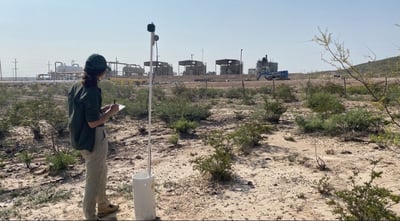
I used a thermal camera for the first time, which was honestly my favorite part of the whole experience. We used the camera to take population counts of bats emerging from the main cave. While I was doing that, I was open to answering questions from any visitors that saw me hanging out in the back of the bat flight event. I also collected data in the gas and oil fields using these small devices known as “audio moths.” You can buy one of these things for $70 and hang it outside your house. It records the soundscape and then you can listen in. If you have the right software you can create visual files from the data and analyze the volume and frequency of the different sounds. I set up the new affordable equipment next to older expensive equipment to see if we could get the same results. If we find that the new, small, and affordable audio moth could give us usable data, then scientists in the future may not need to spend hundreds of dollars on the older expensive sound equipment.
Explain a bit more about the research underway and how you contributed.
The park is surrounded by oil rigs and gas drilling operations. This means that light and noise from human activity have utterly transformed the desert at night and bats, with their keen hearing and sight (no, they aren’t blind!), have had to deal with these changes during their hunting and feeding times. Researchers like Louise Allen and Nick Hristov have set up studies of compressor sites in the gas and oil fields around the park in order to examine the effects on bats. Until we collect several years of data, we just don’t know—maybe the compressors are really affecting bats’ ability to hunt or maybe lights attract insects and make it easier for bats to catch moths. Early results of iSWOOP researchers’ studies show that certain bats are negatively affected by the noises coming from the gas and oil sites. I am very curious to see what the data I collected will find.
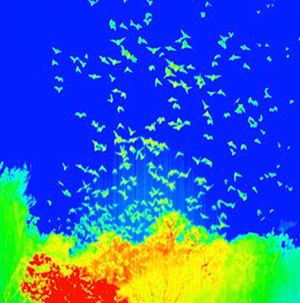
I created a presentation that interpreters at the park can use to discuss the science going on in and around the park. My favorite part of that presentation is honestly the very first slide, which shows a video of the bats emerging from the cave all at once. It is such a fascinating site to witness and it grabs the attention of the viewers right away.
Have you had any ‘ah-ha’ moments while working with iSWOOP?
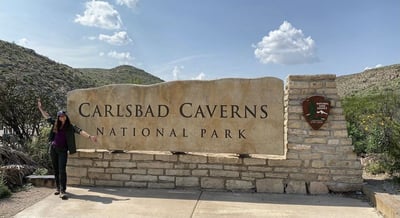
My biggest ‘ah-ha’ moment came when visitors approached me while I was using the thermal camera to gather bat population data in the park. Visitors from all over the country were asking me about bat biology and behavior and about the work I was doing. I realized how much I truly love talking about science. I always hoped while I was out with the camera getting data that visitors would come up to me and ask questions. I would be happy doing that work every day.
What is one takeaway from your time as an iSWOOP research associate?
iSWOOP holds high standards for science communication. I have to be able to not only talk to the public about science, but make it memorable. iSWOOP has taught me how to be creative. I try to have the public use all 5 senses because that helps them remember what they learned long after they have gone back home. For example, if you are talking to someone who has a plastic water bottle in front of them while you are talking about climate change and you want to drive home the point that small actions make a difference. You can have them actively pick up their water bottle and ask them questions about it. How does it feel? How heavy is it? Have they heard any fun facts about plastic? Without shaming them for having a plastic water bottle, you can remind them of how important recycling is and you can politely ask them to recycle it when they are done. It seems small and insignificant, but using their sense of touch while listening to you sparks a memory for them. Getting them involved by having them answer questions helps them remember their time with you as well.
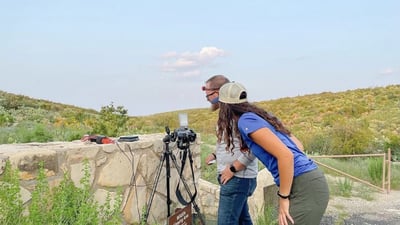
What made iSWOOP a good fit?
iSWOOP focuses on science education for all visitors and takes extra steps to make sure its programs and innovations reach communities of color. One of my main goals is to ensure communities of color have access to nature and scientific education. The National Park Service staff is made up of primarily white men and I want to change that. I believe the visitors and staff of the National Park Service should better represent the demographics of the nation. I have started environmental justice work that focuses on providing access to nature for these communities so they can start seeing themselves in environmental jobs.
You mentioned working locally in your role as Miss Delaware. What kind of projects are underway?
Part of my environmental justice work is the creation of urban forests. Partnering with the U.S. Forest Service in Baltimore, Maryland and Stillmeadow Community Fellowship, I have aided in the creation of a forest that has been named Stillmeadow PeacePark. There are several goals of this project. The first is to bring shade to a city plagued by the heat island effect. The second is to reduce flooding in an area that was almost washed away. The third is to connect a community to nature that has never had access to it before. The fourth is to test whether or not fast-growing trees can successfully start an urban forest. So, there is a people part to this as well as a scientific discovery part. It is a truly fantastic project. In addition, fruit trees have been planted that provide free food for community members throughout the year. Everyone has access to this resource and my hope is that it will act as an outdoor classroom for kids who have never had the chance to get into nature.
As Miss Delaware, I have been able to work very closely with the public. I have used the skills I have gained during my time working with iSWOOP to make my time with people memorable and exciting. In my future, I know I will continue to draw on the creative skills I learned during my time with iSWOOP.
How can people follow you/your work?
With iSWOOP leaders and scientists, I have co-authored two journal articles for kids with iSWOOP for Frontier for Young Minds entitled: “Environmental Health Through the Eyes of Indicator Species” and “Many Migrating Monarchs and Who is Counting Them”. The first of these focuses on frogs which are outstanding indicator species in Indiana Dunes and elsewhere. The second features monarch butterflies and new technology being used to count them as they overwinter in Mexico. Check out Frontiers for Young Minds. The articles are due out in Summer 2022. They can also follow me on Instagram at my personal account: Misssophiekp and my Miss Delaware account: Missamerica.de (until June 17th, 2022). All of my posts will stay on the Miss Delaware Instagram page, but after June 17th, they will also be able to see what our new Miss Delaware is up to.
Also, I'm running for office, to represent residents of Delaware's 18th District in state government. Follow me and my campaign here:
Instagram: sophiekp4de
Facebook Page: Sophie Phillips for State Representative
Twitter: @sophiekp4de
Check out Changing the Story for more interesting research at Carlsbad Caverns.

